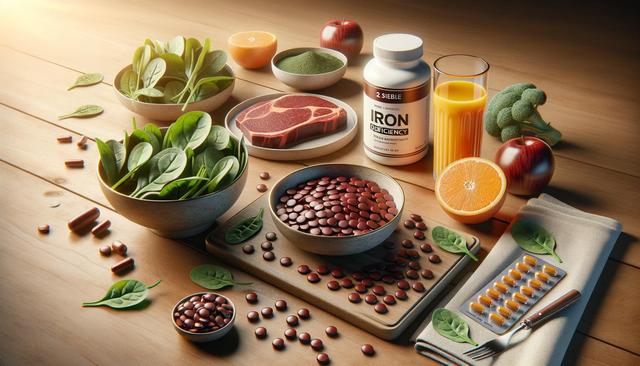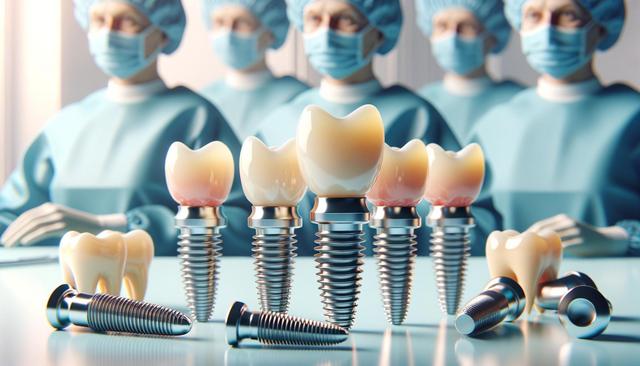Understanding Iron Deficiency and Its Impact
Iron plays a crucial role in the body, particularly in the formation of hemoglobin, the protein in red blood cells that carries oxygen. When your iron levels are low, your body struggles to produce enough healthy red blood cells, leading to iron deficiency anemia. Common symptoms include fatigue, weakness, pale skin, and shortness of breath. Women, children, and individuals with certain medical conditions are especially at risk. Understanding the root causes—such as inadequate dietary intake, blood loss, or poor iron absorption—is the first step in addressing the issue. A well-structured iron deficiency diet plan can be a vital part of recovery.
Choosing the Right Foods to Boost Iron Levels
Diet is a powerful tool in managing iron deficiency. Incorporating iron-rich foods for women and men alike can make a noticeable difference over time. There are two types of dietary iron: heme (found in animal products) and non-heme (found in plant-based sources of iron). Heme iron is absorbed more efficiently, but both types are beneficial when included in a balanced diet. For those wondering what to eat for low iron levels, consider regularly including the following:
- Lean meats like turkey and chicken
- Seafood such as tuna and sardines
- Eggs and fortified cereals
For vegetarians or those seeking alternatives, some of the best iron-rich vegetables include spinach, kale, and broccoli. These foods, along with legumes and tofu, serve as excellent plant-based sources of iron. Pairing these with absorption-enhancing foods can further improve their effectiveness.
Enhancing Iron Absorption: Tips and Pairings
Not all iron consumed is absorbed equally by the body. To improve absorption, it’s helpful to understand how certain foods interact. Vitamin C significantly enhances the absorption of non-heme iron, making it a valuable addition to meals. Conversely, some substances like calcium, caffeine, and certain whole grains can inhibit iron absorption when consumed in large amounts concurrently with iron-rich foods. Here are a few iron absorption foods and tips to consider:
- Pair iron-rich meals with citrus fruits like oranges or strawberries
- Avoid drinking tea or coffee during meals
- Separate calcium-rich foods from iron supplements or iron-heavy meals
These small yet strategic adjustments can greatly influence how effectively your body utilizes the iron from your diet.
Creating a Sustainable Iron Deficiency Diet Plan
Consistency is key when addressing iron deficiency. Building an iron deficiency diet plan that suits your lifestyle is essential for long-term health. Start by planning weekly meals that incorporate a mix of heme and non-heme iron sources. For individuals with dietary restrictions, focusing on foods rich in iron for anemia from plant-based sources can still offer significant benefits. A balanced sample plan might include:
- Breakfast: Oatmeal topped with fortified cereal and a glass of orange juice
- Lunch: Lentil salad with spinach and red bell peppers
- Dinner: Grilled chicken with quinoa and steamed broccoli
- Snack: Sliced strawberries with almonds
Including variety and preparing meals in advance can help maintain dietary goals while ensuring your iron intake remains consistent.
When to Seek Additional Support
While dietary changes can significantly improve iron levels, some individuals might require additional support. Iron supplements may be recommended by healthcare providers in cases of severe deficiency. These should only be taken under medical supervision, as excessive iron intake can be harmful. Regular blood tests can help monitor progress and determine whether further intervention is needed. If symptoms persist despite dietary efforts, it’s important to investigate underlying causes such as chronic blood loss, gastrointestinal issues, or other nutrient deficiencies that may interfere with iron absorption. Integrating professional guidance with a well-rounded approach to nutrition ensures the most effective treatment for iron deficiency.
Conclusion: Empowering Yourself Through Informed Choices
Iron deficiency can be managed effectively with a thoughtful approach to diet and lifestyle. By incorporating foods rich in iron for anemia, exploring plant-based sources of iron, and understanding iron absorption foods and tips, individuals can take meaningful steps toward improving their overall well-being. Whether you’re choosing the best iron-rich vegetables or developing a personalized iron deficiency diet plan, consistency and informed choices play a central role. Always consult with a healthcare provider for personalized advice, particularly when symptoms are persistent or severe. With the right support and knowledge, regaining energy and vitality is within reach.




Leave a Reply